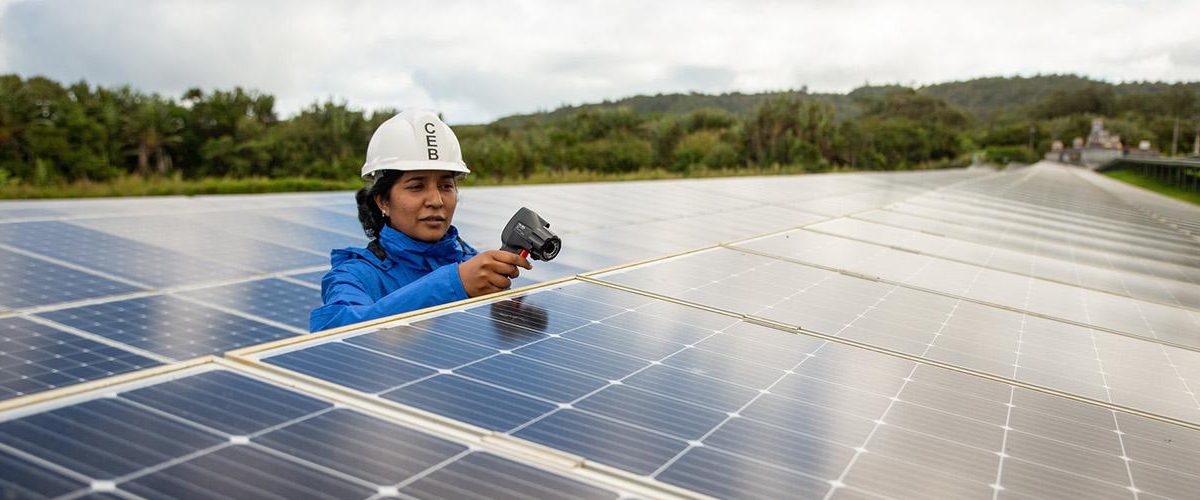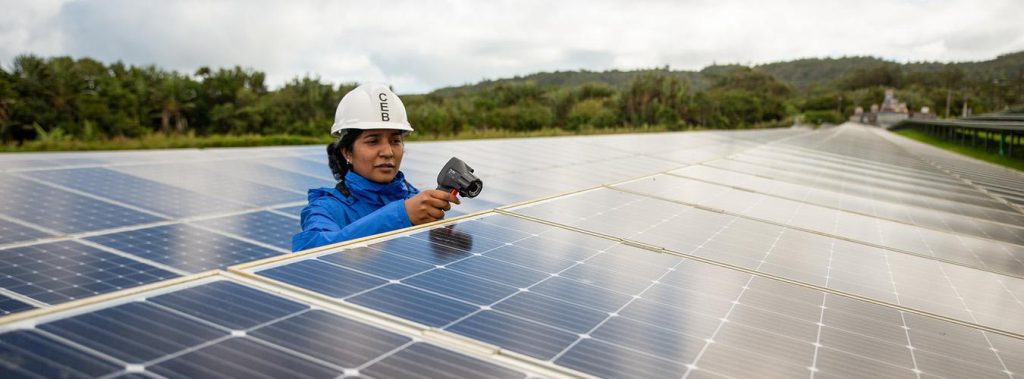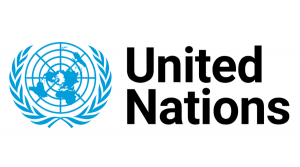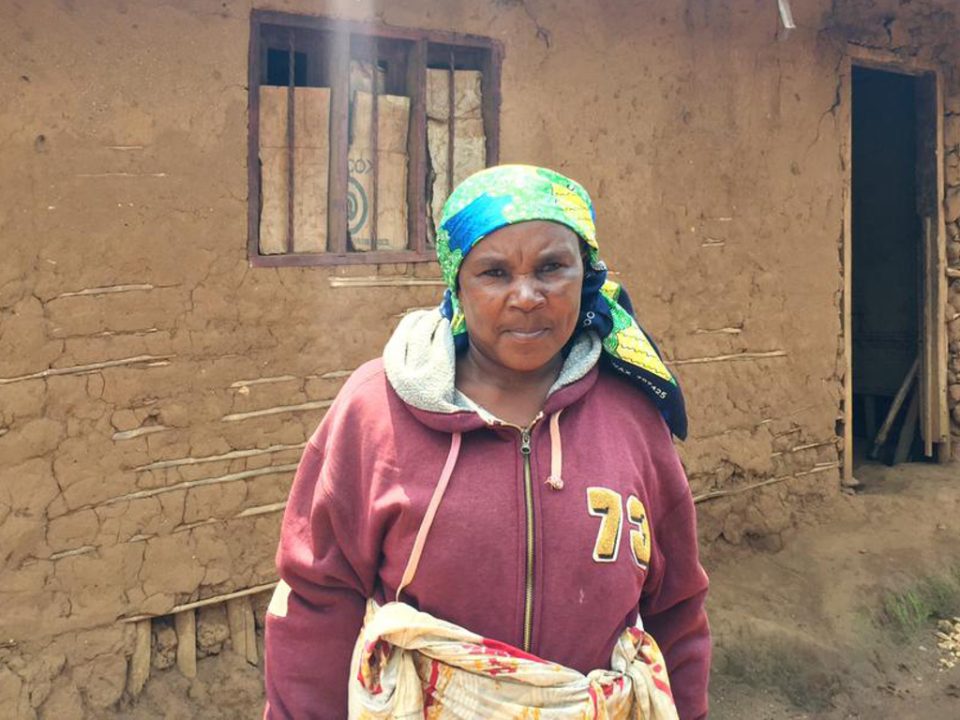Celebrated every year since 1974, World Environment Day is a good time to focus on the environmental dimensions of the Sustainable Development Goals. This year the theme is celebrating biodiversity.
The 2020 World Environment Day global campaign aims at highlighting how we as humans are inextricably linked to and depend on nature for our existence and quality of life. Recent events, from bushfires in Brazil, United States and Australia to locust swarms to the COVID-19 outbreak, highlights how meddling with ecosystems and biodiversity from its natural state is creating unprecedented challenges for humankind on a global scale. Human activities such as pollution, unsustainable use of land and sea, exploitation of organisms, climate change and invasion of alien species, are leading to biodiversity breakdown and the decline and degradation of natural ecosystems at an unprecedented scale. The crisis also reflects our connectedness to one another and how actions and events in one part of the world affect us all. It also brings to the spotlight the need for international cooperation and coordination in responding to the challenges posed by environmental degradation. Yet, these events are symptomatic and require us to address the decline of nature through transformational and sustained reforms with nature at the heart of decision-making. This World Environment Day, the need to heal our relationship and start living in harmony with nature, perhaps, has never been this stark in modern history. The United Nations Environment Programme (UNEP) is calling on governments, businesses and civil society to work together in building global understanding of biodiversity and nature’s key contribution to our survival…
2020 is a critical year for biodiversity. It’s a year of crucial decisions for planet and people, and all other forms of life on Earth. While 2020 also concludes the United Nations Decade on Biodiversity, the scientific community continues to sound the alarm on global biodiversity breakdown. Living in harmony with nature—a goal world leaders have set for 2050—cannot be achieved unless we stop the loss of the planet’s biodiversity by 2030. This leaves us with a decade for action, which will start with the 2020 United Nations Convention on Biological Diversity in October in Kunming, China and the design of a new 10-year framework for biodiversity.








